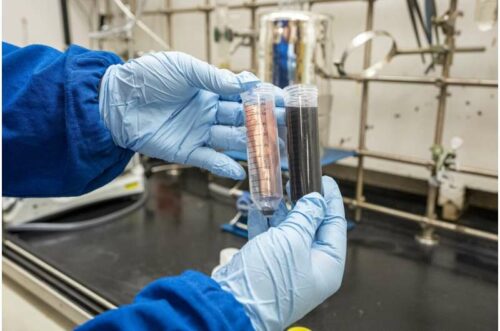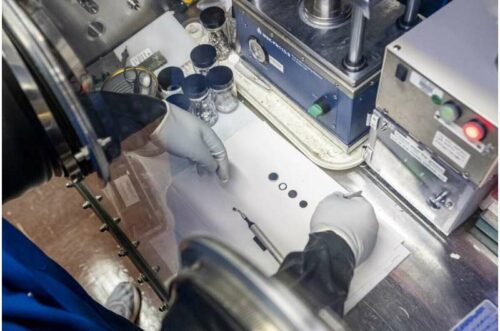Researchers have developed a way to rewind the aging process of batteries and make them recyclable for a greener world.

Batteries constitute a large amount of electronics waste. Almost around 28 billion batteries are thrown away each year. Batteries are being developed in a way that they can be reused and the batteries we generally use are all rechargeable. But this does not mean that they can be recycled. Over time even rechargeable batteries lose their efficiency and need to be replaced. But is throwing them away really the only option?
There is a pressing need to start reusing the materials we’ve already dug up and to make the battery production process safer and more equitable for all. A team of scientists from Lawrence Berkeley National Laboratory (Berkeley Lab) has invented an award-winning new battery material that can check both boxes. Their product, called the Quick-Release Binder, makes it simple and affordable to separate the valuable materials in Li-ion batteries from the other components and recover them for reuse in a new battery.
A battery made with Quick-Release Binder simply needs to be opened, placed in room temperature alkaline water, and gently shaken. The separated elements are easily filtered out of the water and air-dried. Recycling companies aim to make their processes as efficient as possible, but due to the past and current design of most batteries, recovering the elements is still energy-intensive, expensive, and releases toxic chemicals that must be carefully managed.
The new Quick-Release Binder is made from two commercially available polymers, polyacrylic acid (PAA) and polyethylenimine (PEI), that are joined together through a bond between positively charged nitrogen atoms in PEI and negatively charged oxygen atoms in PAA. When the solid binder material is placed in alkaline water containing sodium hydroxide (Na+OH–), the sodium ion pops into the bond site, breaking the two polymers apart. The separated polymers dissolve into the liquid, freeing any electrode components embedded within.

According to Sloop, the Quick-Release Binder represents a paradigm shift in battery design. Instead of engineering advanced batteries and trying to create a recycling process after the fact, Liu’s team was the first to “design for recycling.” Researchers are working on licensing the technology to be used in all the major Li-ion brands. Someday, the team’s invention could be in all the batteries under our roofs and under our hoods—letting the remaining rare earth metals stay under the ground.








